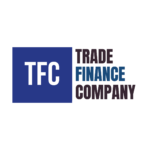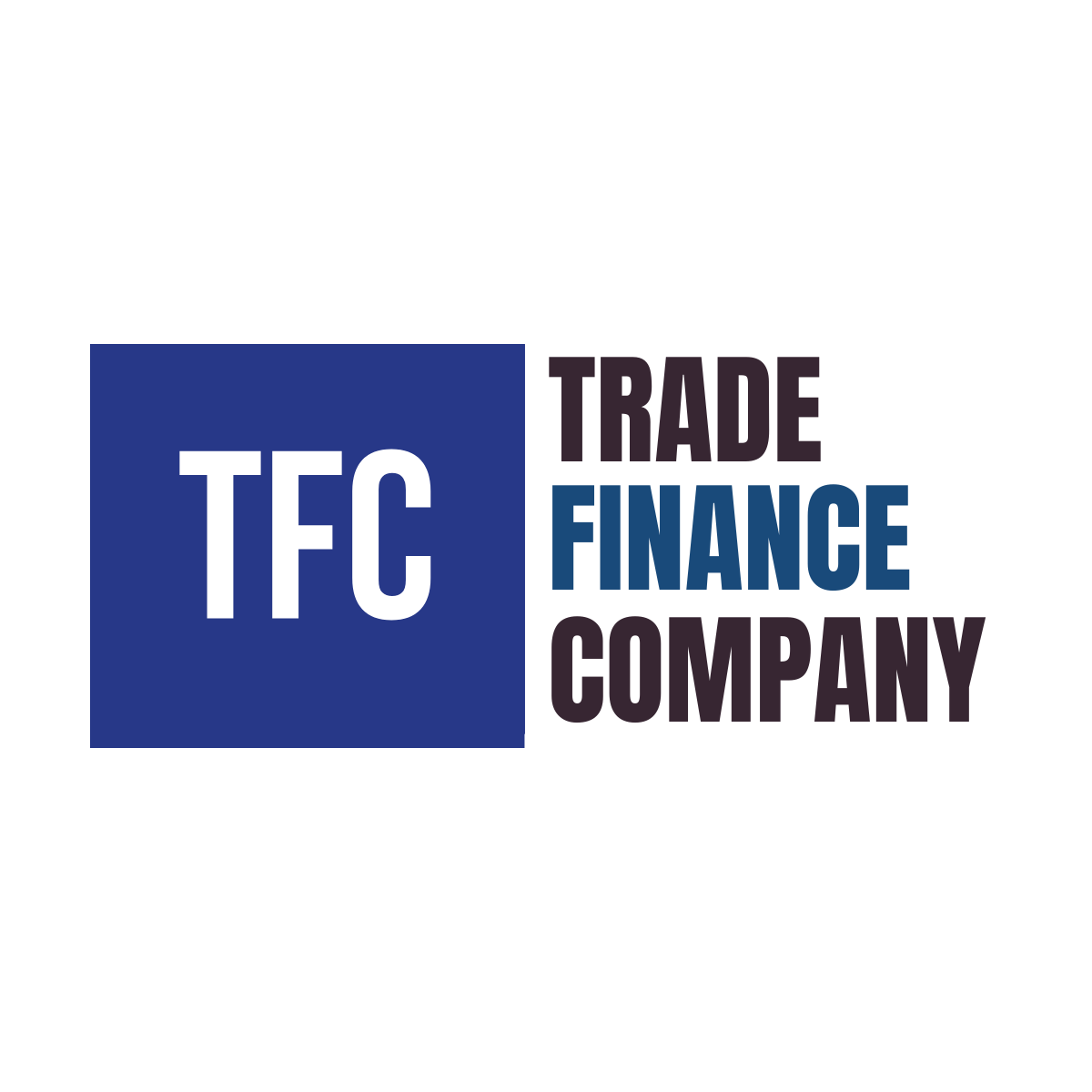Proof of Funds: Building Credibility and Confidence in Business Transaction
Credibility is everything. Whether you’re securing a real estate deal, entering into an international trade agreement, or negotiating a major contract, the ability to show proof of funds (POF) can make or break your opportunity. Proof of Funds isn’t just a piece of paper—it’s a powerful financial tool that establishes trust, minimizes risk, and accelerates deal-making.
By the end of this article, you’ll discover how Proof of Funds can protect your interests, build instant credibility, and open doors to high-value opportunities that might otherwise be out of reach.
Imagine this: you’ve worked for months preparing to close a multimillion-dollar deal. The suppliers are ready, the terms are set, and the only thing left is for you to prove you have the financial capability to follow through. Without solid proof, your credibility crumbles. Your partners hesitate, your competitors swoop in, and all your hard work evaporates. That one missing piece—Proof of Funds—could have secured your success. It’s not just about money; it’s about trust, respect, and confidence in your business.

“Trust, once lost, is hard to regain. Proof of Funds ensures that trust is established from the very first handshake.“
— Trade Finance Expert

In the next sections, you’ll learn what Proof of Funds really means, why it’s crucial in both local and international business, and how to leverage it effectively to stand out as a reliable partner in any transaction.
Step 1: Understand What Proof of Funds Really Is
A Proof of Funds document is an official bank statement or letter confirming that you or your company have the financial resources available to complete a transaction. Before using one, make sure it’s issued by a reputable financial institution. Avoid generic or vague documents—clarity and authenticity are key. This sets the stage for being taken seriously in high-stakes negotiations.
Step 2: Always Keep Your Proof of Funds Updated
Outdated POF letters raise red flags. A document that’s even a few weeks old can make a potential partner doubt your financial readiness. Request updated letters from your bank or provider whenever you’re preparing for a new deal. Staying proactive with this step signals your seriousness and professionalism.
Step 3: Match the Proof of Funds to the Transaction
If you’re working on a $10 million project, showing a POF for $1 million won’t inspire confidence. Ensure that the funds reflected in the document align with the transaction’s size. Tailor your POF presentation to the specific deal—it demonstrates preparedness and reliability to your counterparties.
Step 4: Use Proof of Funds as a Negotiation Advantage
Having a verified POF document can give you leverage when negotiating. Sellers and partners are more inclined to offer favorable terms when they know you have the resources ready to proceed. It removes doubts and allows you to shift the conversation from “if you can pay” to “how we can make this work best.”
Step 5: Work With Trusted Providers and Advisors
Scams and fake POF documents are unfortunately common in global trade. Protect your reputation by working only with established banks or trusted trade finance companies. Partnering with credible institutions not only guarantees authenticity but also strengthens your long-term business relationships.
Step 6: Keep POF Confidential but Ready
While it’s important to have Proof of Funds ready, avoid oversharing sensitive financial documents. Share them only with verified parties and through secure channels. Being cautious with financial disclosures shows both professionalism and strong risk management practices.



